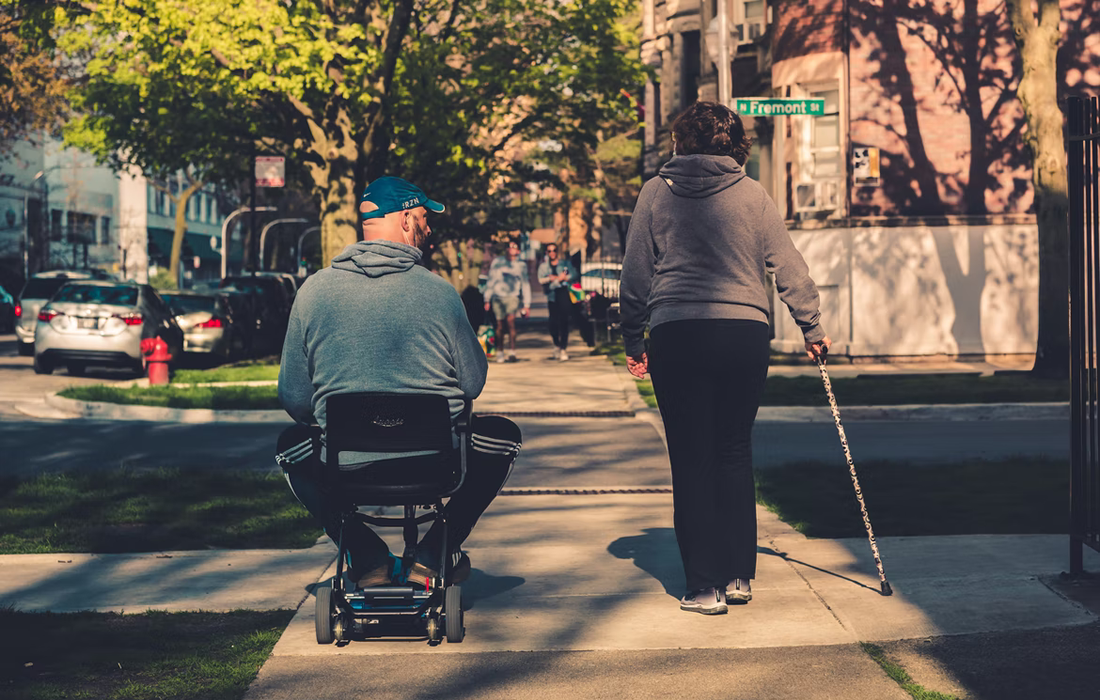Stem Cell Therapy for Specific Conditions
Stem Cell Therapy on Chronic Stage Stroke Patients
Different studies have shown good results with the intravenous administration of mesenchymal stem cells derived from different sources, such as bone marrow, adipose tissue, and umbilical cord.
They have been reported to be effective, safe, and promising in the recovery and clinical outcomes of stroke patients at acute and subacute stages, but clinical studies at chronic stages are limited.
In a study published in the International Journal of Stem Cell Research & Therapy, researchers aimed to evaluate the effect of autologous adipose-derived stem cells (ADSC) on chronic stroke patients who were treated with ADSC intravenous drip-infusion later than 4 months after stroke onset.
Study Results
The study included a total of 21 stroke patients aged 40-79 years at disease onset. 7 with ischemic and 14 with hemorrhagic damage.
The team analyzed the efficacy of ADSC therapy for 21 stroke patients who had severe to moderate neurological abnormalities of hemi-paralysis that remained after common therapy for the acute, sub-acute, and chronic stages including rehabilitation. Most of the patients were treated with intravenous (IV) ADSCs after more than 6 months from the stroke onset, except four patients who were treated 43, 52, 82, and 124 days after stroke onset.
The team observed a significant motor function improvement in paralyzed upper and lower limbs in 3 patients at the chronic stage immediately after 90-minute-drip-infusion of autologous ADSCs.
In one case, NIHSS decreased dramatically after the treatment from a score of 15 before treatment, to a score of 12 immediately after, and a score of 8 one day after the ADSC transplantation, indicating that intravenous ADSC therapy for stroke patients at the chronic stage may recover functional outcomes during and shortly after the therapy.
The NIH Stroke Scale (NIHSS) is a common diagnostic method for quickly assessing the severity of a stroke experienced by a patient. The scale is made up of 11 different elements that evaluate specific abilities. The score for each ability is a number between 0 and 4, 0 being normal functioning and 4 being completely impaired. The patient’s NIHSS score is calculated by adding the number for each element of the scale; 42 is the highest score possible. In the NIHSS, the higher the score, the more impaired a stroke patient is.
Motor, sensory, and cognitive functional recovery, and skin temperature increase were observed during and at quite early time after intravenous ADSC transplantation. Patients treated with ADSC drip infusion within 6 months after stroke onset exhibited more apparent functional recovery compared with patients who were treated with ADSC later than 12 months after stroke onset.
According to the researchers, their results strongly indicate that functional recovery of stroke patients treated with ADSC may appear quite shortly after cell infusion, suggesting an indirect interaction of ADSC with intrinsic neuronal and vascular cells. They concluded that one of the most important factors determining the efficacy of the therapy may be the time lag between the day of stroke and the day of ADSC therapy.
Source:
Masamitsu Ichihashi, et al. Therapeutic Effect of Intravenously Administered Autologous Adipocyte-Derived Stem Cells on Chronic Stage Stroke Patients. International Journal of Stem Cell Research & Therapy. 2020.DOI: 10.23937/2469-570X/1410070
https://www.saebo.com/blog/nih-stroke-scale-nihss/
Image from:
Photo by Max Bender on Unsplash

